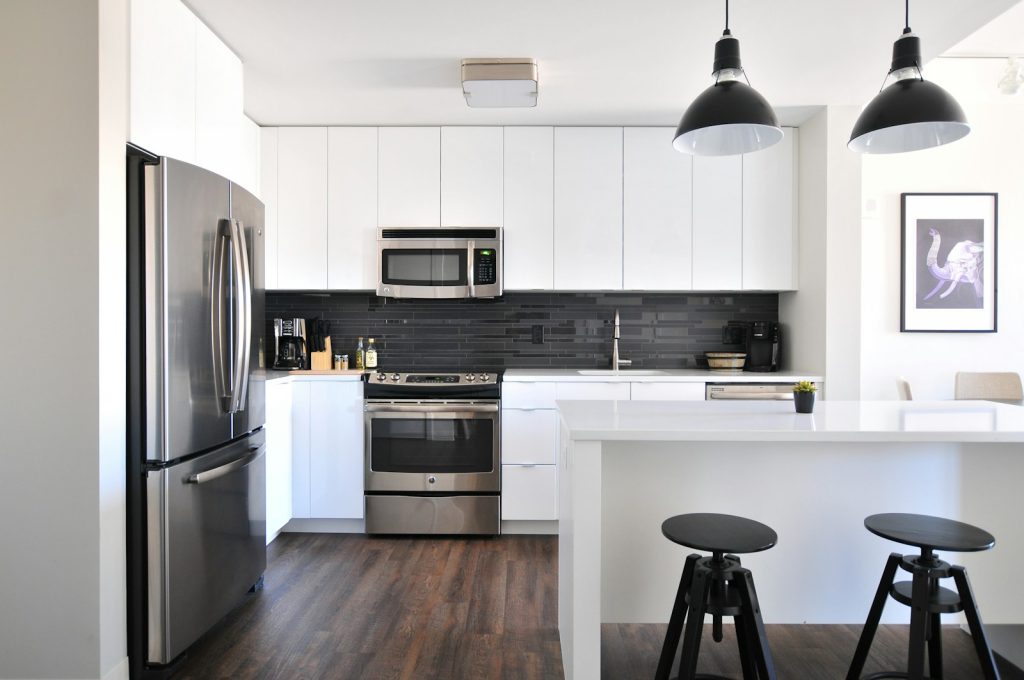If you’re renting in Ireland, you’ve probably come across the term Rent Pressure Zone (RPZ). But what exactly does it mean? And how does it impact your rent, your rights, and even your chances of securing a new home? Whether you’re a seasoned tenant or just starting out, understanding the difference between RPZs and non-RPZs is vital. In this guide, we’ll explore how RPZs work, how they influence rent increases, and what that means for your tenant resume and rental history.
What Is a Rent Pressure Zone?
A Rent Pressure Zone is an area in Ireland where rents are rising quickly and need to be controlled. RPZs were introduced by the Residential Tenancies Board (RTB) to help stabilise the rental market and protect tenants from sharp rent increases. These zones cover major urban areas like Dublin, Cork, Galway and parts of other high-demand counties.
In RPZs, landlords are restricted in how much they can raise the rent — typically no more than 2% per year or in line with the Harmonised Index of Consumer Prices (HICP), whichever is lower. This rule applies to existing tenancies and new leases, offering more predictability for tenants.
What Areas Are Included in RPZs?
As of 2025, most major Irish cities and commuter towns are designated as RPZs. These include:
- All of Dublin
- Parts of Cork City and suburbs
- Galway City
- Limerick City
- Bray, Greystones, and other areas in Wicklow
- Naas and Newbridge in Kildare
- Maynooth in Meath
The list can change based on rental inflation data. You can check if an address is within an RPZ using the RTB’s official RPZ checker.
Renting in Non-RPZ Areas: What’s Different?
In non-RPZ areas, there are fewer restrictions on rent increases. Landlords are allowed to set the rent based on market rates, which can be influenced by demand, property type, and location. However, they must still follow key rules:
- The rent must not be more than what a similar property in the same area commands.
- A rent review can only occur once every 12 months.
- Tenants must be given written notice of a rent increase 90 days in advance.
While there is more flexibility for landlords in non-RPZ areas, tenants should still keep records of any changes in rent as part of their rental history.
How RPZs Impact Your Tenant Resume
When you’re renting in Ireland, especially in competitive markets, a strong tenant resume can give you a clear advantage. Your resume should highlight your rental history, employment status, references, and other key details.
Living in an RPZ can reflect positively on your rental history in several ways:
- Predictable rent increases show financial stability.
- Longer tenancy durations in RPZs often suggest reliability.
- Well-documented rent reviews help show you are an organised and informed tenant.
With Tenantin.ie, you can build and download your free tenant resume that includes all of this. It’s a valuable tool when approaching landlords, especially in areas where demand is high.
Pros and Cons of Renting in RPZs
Advantages for Tenants
- Rent caps offer predictability, making it easier to budget.
- Rent increases must be justified and documented.
- RPZ rules often lead to longer-term tenancies and more stability.
Disadvantages
- Less availability due to high demand.
- Rent prices may already be at a premium.
- Landlords may be stricter during the application process, making a strong tenant profile essential.
Why Rental History Matters in Both RPZ and Non-RPZ Areas

Whether you’re applying for a property in an RPZ or not, landlords want to see a solid rental history. This includes:
- Timely payments
- Length of previous tenancies
- References from landlords
- No history of disputes
At Tenantin.ie, you can build your tenant resume with this information easily. It’s a free tool that ensures your profile stands out — especially helpful when applying for properties in high-demand RPZ areas.
How to Strengthen Your Tenant Profile When Renting in Ireland
Renting in Ireland is competitive, but a strong tenant profile gives you an edge. Here’s what to include:
- Full name and contact information
- Employment and income verification
- Previous rental addresses
- References from landlords or employers
- A short personal introduction
Using Tenantin.ie, all this data is automatically formatted into a professional resume. You can download it and share it directly with private landlords — making your application process smoother and faster.
Premium Help for Tenants: “On a Hunt” Feature
Looking for a home in an RPZ area can be time-consuming, but Tenantin.ie’s “On a Hunt” premium service offers extra help:
- Daily alerts for listings from marketplaces and rental platforms
- Automatic enquiries to listings that match your preferences
- Assigned account manager for support and guidance
- Resume promotion to landlords actively looking for tenants
This premium boost improves your visibility and helps you stay ahead in competitive areas, particularly in RPZ zones where speed and preparation matter.
Learn more here: https://tenantin.ie/property-hunt
Key Takeaways for Tenants Navigating RPZs and Beyond
- Know your area: Use the RTB tool to check if your address is in an RPZ.
- Stay informed: Understand the rules around rent increases whether you’re in or out of an RPZ.
- Keep records: Track rent changes, lease agreements, and communication with your landlord.
- Build your tenant resume: Use a free tool like Tenantin.ie to create a strong rental profile.
- Consider premium support: If you’re serious about landing a home quickly, extra visibility can make a big difference.
Final Thoughts

Whether you’re living in a Rent Pressure Zone or not, knowing your rights and presenting yourself well to landlords is essential when renting in Ireland. A complete tenant resume backed by a solid rental history shows that you’re a reliable tenant worth considering.
Let Tenantin.ie help you build your profile, track your history, and secure your next rental with confidence.
Frequently Asked Questions
What is a Rent Pressure Zone (RPZ)?
A Rent Pressure Zone (RPZ) is a designated area where rent increases are capped at a certain percentage annually. The main goal of RPZs is to control rapid rent inflation in areas experiencing high demand. This regulation helps provide stability for tenants by limiting how much their rent can increase each year.
How are RPZs determined?
RPZs are identified based on criteria set by the Housing Agency and approved by the government. The criteria typically include areas where rents are above the national average and have seen significant rent increases over a specified period.
What is the current cap on rent increases in RPZs?
In RPZs, the cap on rent increases is generally set at 2% per annum or in line with the Harmonised Index of Consumer Prices (HICP) inflation rate, whichever is lower. However, specific regulations can change, so it’s essential to stay updated through reliable sources such as Tenantin.ie.
Are there any exceptions to the rent increase cap in RPZs?
Answer: Yes, exceptions exist for new properties that have not been let in the previous two years or substantially refurbished properties. These exceptions allow landlords to set the initial rent without adhering to the cap, but subsequent increases must follow RPZ rules.
What are non-RPZs?
Answer: Non-RPZs are areas not designated as Rent Pressure Zones. In these areas, landlords have more flexibility regarding rent increases, although they must still comply with standard tenancy laws and provide adequate notice before raising rent.
How often can rent be increased in non-RPZ areas?
Answer: In non-RPZ areas, landlords can typically review and increase rent once every two years, provided they give proper notice and the new rent reflects market rates for similar properties.
Are there advantages to renting in an RPZ versus a non-RPZ?
Answer: Renting in an RPZ offers more predictability regarding annual rent increases, which helps tenants budget effectively. Conversely, non-RPZ areas might offer more negotiation room since landlords aren’t bound by the same strict caps on increases.
Can I check if a property is in an RPZ?
Answer: Yes, you can verify if a property is located within an RPZ by checking official government resources or consulting platforms like Tenantin.ie, which may provide detailed information about local rental markets.
What should I do if I believe my landlord has raised my rent unlawfully in an RPZ?
Answer: If you suspect your landlord has increased your rent beyond what’s legally permissible in an RPZ, you should first address the issue directly with them. If unresolved, consider seeking advice from tenant support services or legal experts familiar with tenancy laws.
Where can I find more information about renting regulations and tenant rights?
Answer: For comprehensive information on renting regulations and tenant rights in Ireland, visiting reputable platforms like Tenantin.ie can be invaluable. They offer resources and guidance tailored to help tenants navigate the complexities of renting across different regions.
By understanding these differences between RPZs and non-RPZs, tenants can make more informed decisions when choosing where to live and budgeting for housing expenses.






